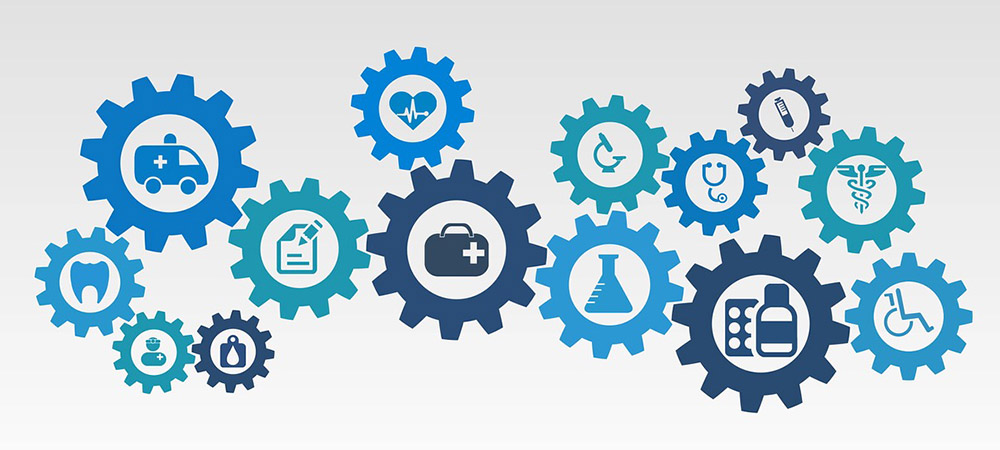La Crosse Method Reviewed

In recent years, sublingual immunotherapy has continued to gain acceptance and understanding, leading to its international recognition as a viable alternative to subcutaneous injection for allergy in both adults and children.1 With the recent FDA approval of single antigen sublingual immunotherapy tablets, even more physicians are considering, referring or offering sublingual immunotherapy for their patients.
However, not all forms of sublingual immunotherapy are alike. I started working for my dad, Dr. David Morris, at age 13 and have watched and contributed to the development and administration of the La Crosse MethodTM Practice Protocol from its early stages to today. I have studied other methods, but continue use the La Crosse Method as it provides patients with a comprehensive, safe and effective approach to treat a wide variety of allergies, both environmental and food. Using the Protocol, we have vast clinical experience in providing sublingual immunotherapy and our understanding of the available literature. To date, we have helped trained more than 800 practices from around the country in using the La Crosse Method, with more than 195,000 patients benefiting.
One of the biggest hurdles to wide-spread adoption of sublingual immunotherapy is the variability of dosing reported in research studies. Clinical trials report doses ranging from 2 to 375 times the amount given in subcutaneous immunotherapy – yet both positive and negative results have been reported.1 This matter is further complicated by extract variability from different manufacturers.2
We have addressed these issues with the La Crosse Method. There is no universal optimal dose that applies to all patients; rather, sublingual immunotherapy treatment should be patient-tailored, adjusted according to the individual patient’s reactivity, and monitored over the course of treatment by a licensed prescriber. Our protocol takes each patient’s “allergic fingerprint” into consideration – creating an optimal dose for the specific patient – enough antigens to benefit without risking unnecessary reactions.
And so the debate continues. There will always be unanswered questions, and we continue to learn. However, what we do know now based on my dad, Dr. David Morris’ clinical experience and our current level of research that continues to expand internationally, is that sublingual immunotherapy has been proven safe and effective and allows for a broader set of patients to receive the benefit of immunotherapy for their allergies. We believe sublingual and subcutaneous immunotherapy both have a role in the treatment of allergic disease. Our goal is to broaden immunotherapy’s use and change the course of allergic disease for the 50 million allergy sufferers in the U.S. who continue to suffer or find only temporary relief from medication.
This is part 1 of a 3 part series on the Key Tenets of the La Crosse MethodTM Practice Protocol
Author: Mary Morris, MD, ABIM
References
- Passalaqua,G, Compalati, E,m Canonica, GW. Sublingual Immunotherapy: Clinical Indications in the WAO-SLIT Position Paper. WAO Journal 2014 3:216-219.
- Theodoropoulos, D, Morris, M, Morris, D. Emerging Concepts of Sublingual Immunotherapy for Allergy. Drugs of Today 2009, 45(10):737-750.
